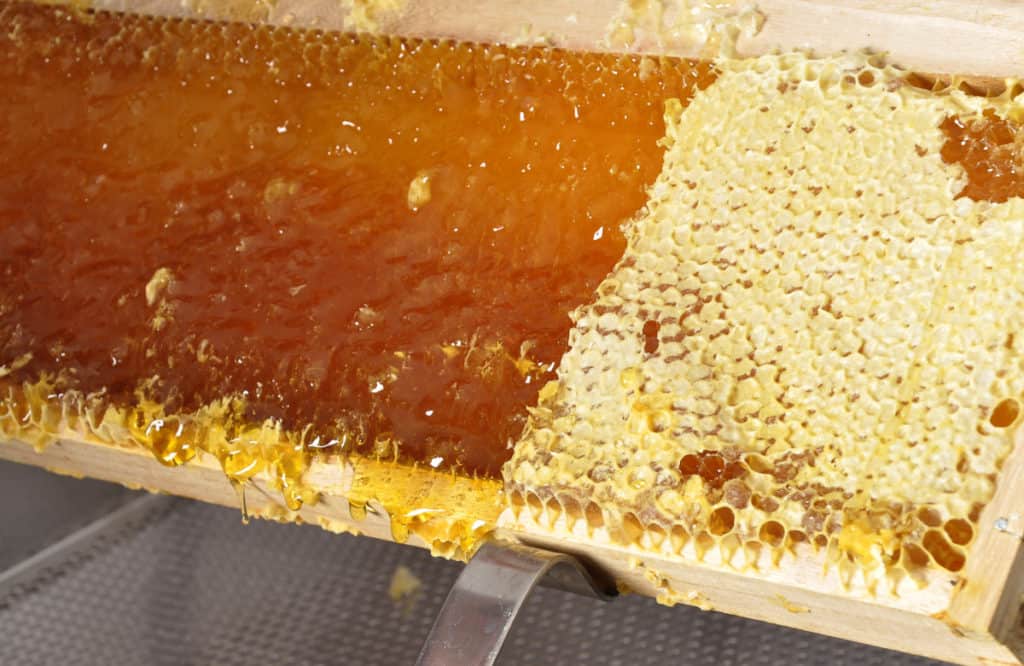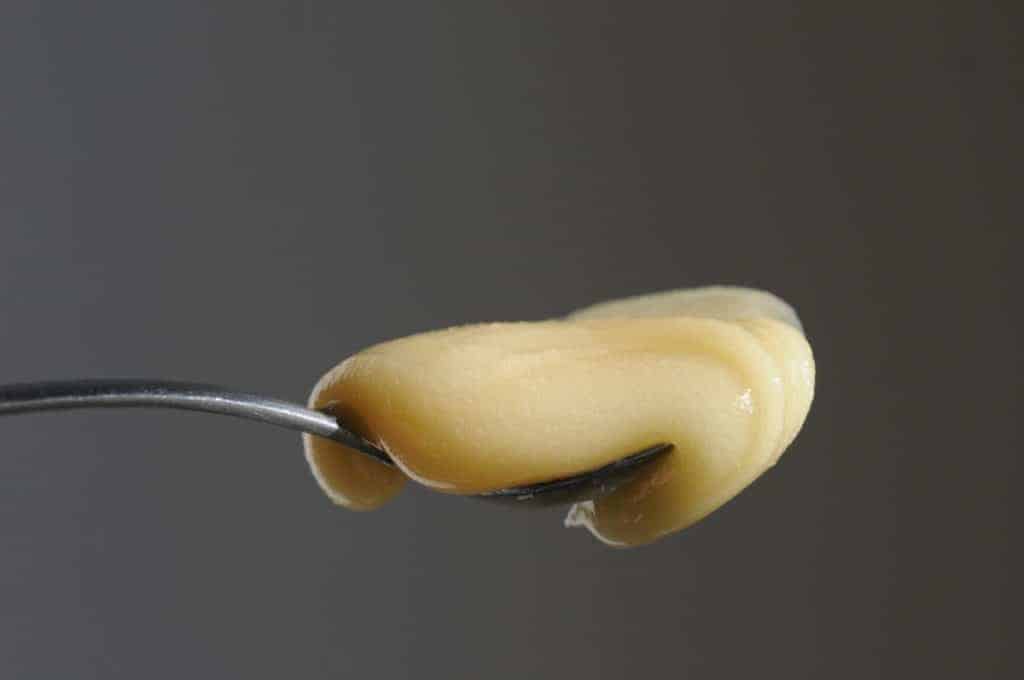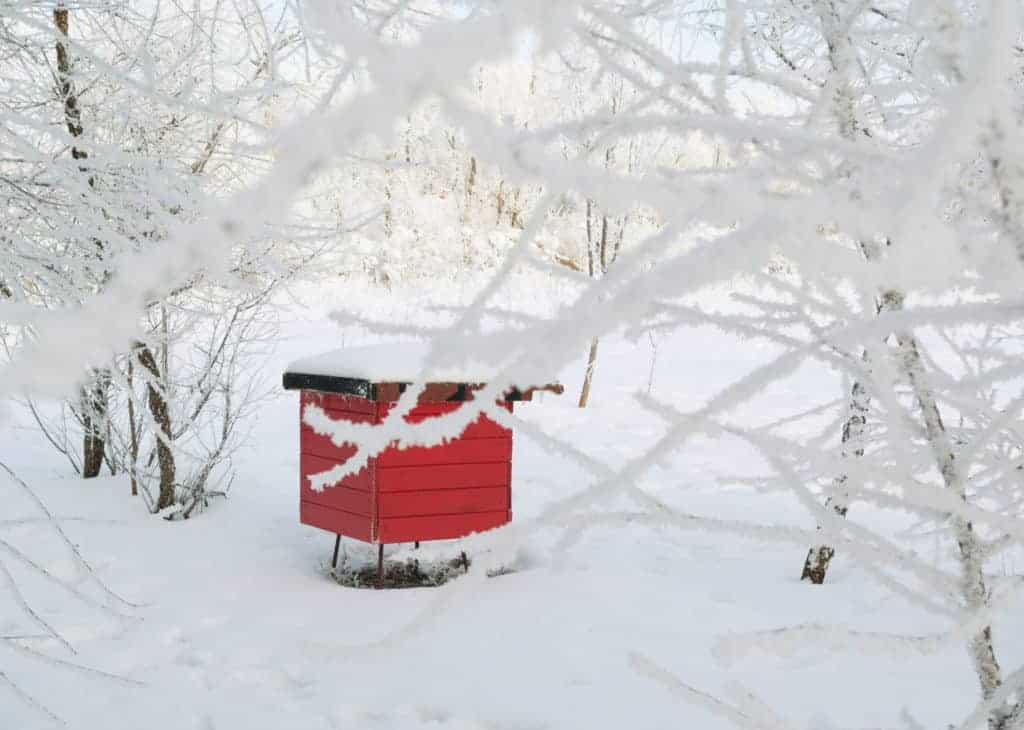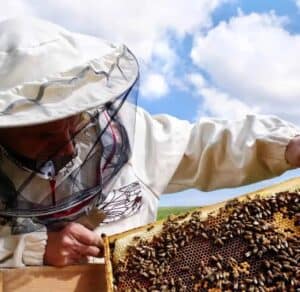How Long Can You Keep Capped Honey Before Extraction? Will It Spoil?
Taking a bit of time to plan your honey harvest and storage will ensure a smooth honey extraction process. But sometimes things just happen, and you could have a whole bunch of honey frames and no way to extract them. So how long can you keep capped honey before extraction?
You can store capped honey frames for two to three days at the most. But you need to ensure they are wrapped really, really, well to keep bugs and pests out and stored securely to keep away any hungry animals. Any longer than a couple of days and it is best to freeze your honey frames.
The honey harvest is one of the most exciting times and busiest as a beekeeper. Lack of planning and/or poor storage practices can cause you a lot of issues when trying to harvest your honey. If you are stuck having to store capped honey frames here are some best practices for storing your honey long-term.
How Long Can I Store My Capped Honey Frames

Most experienced beekeepers will often say that its best to leave your honey frames on the hive until your ready to harvest. The bees will take better of the them than anyone. Now this is of course true but, sometimes you don’t have a choice and your stuck with a bunch of honey frames to be stored.
I recommend you only store your honey frames for two to three days unless your going to freeze it. The reason I suggest this is because you need to worry about pests getting into it and crystallization. If you honey crystalizes you might as well just give it back to the bees because you won’t be able to extract it.
If you are in a high humidity area and you store your frames for a long enough time, they could begin to ferment. Moisture can still get into capped honey it just takes a little longer, but it can happen in high humidity areas.
Fermentation can also happen if you have to many uncapped cells mixed in with the capped honey. The uncapped cells can leak out and begin to ferment and grow mold.
But the biggest concern when storing your honey frames is keeping pests like ants, small hive beetles and moths from getting into your honey. If pests are an issue just freeze your honey frames for at least 48 hours before removing them.
If you do remove them from the freezer, make sure they are well wrapped to keep bugs out and stored away from predators. But if you have the freezer space just leave them until your ready to extract them.
When you are ready to extract your honey frames check out my beginners guide to tangential honey extractors. l explain what a tangential extractor is, the best methods of use, choosing the correct size, how much they cost, and where to buy one.

By freezing your honey frames, it stops the crystallization process and will also kill off any wax moth eggs, or small hive beetle. If you are going to freeze the frames make sure and wrap with plastic first to keep the moisture out. Then once thawed from the freezer your honey will return to its original state and can be extracted.
Also, do not put honey frames into the fridge, this will speed up the crystallization or sugaring process of your honey. This is also why you never store jars of honey in the fridge.
If for any reason you do end up with fermented or moldy honey just give it to the bees. The bees will clean up your honey frames, but some beekeepers will just throw it out as well.
As a side note, if you are going to feed some of your honey back to the bees, they will do better with light colored honey over the winter. The reason is dark colored honey has a higher ash content and can collect in the honeybee guts over the winter.
If the bees accumulate to much waste in their guts, they are prone to dysentery. This can happen more often in the winter because they are confined to their hives and cannot get out for cleansing flights.
How To Store Your Newly Extracted Honey

Finally, you get to extract some honey that you’ve been waiting on for months, if not years if your colonies weren’t doing well. You’re going to need honey containers and quite a bit of storage space. Here are a few guiding factors:
- Clean honey – make sure the honey is strained well so there is no dirt, wax, or parts of bees in it.
- Heating honey – do not heat it over 40 degrees C, if you need to heat your honey do so in a water bath, do not put the honey over direct heat.
- Store the honey quickly – if you leave the honey in open containers it will pick up moisture from any humidity in the air.
- Storage containers – use only clean plastic, stainless steel, or glass containers. Large operations will use large stainless-steel tanks and separators.
- Dry airtight (moisture proof) containers – make sure the containers have airtight lids, if air gets into the container moisture could get into your honey and spoil. Don’t forget to estimate ahead of time how many containers you may need. You don’t want to run out during an extraction.
- Cool dark storage – always store your honey in a cool dark area. You’ll also need a place to actually perform the extraction and store your equipment – extractors, pumps, filters, wax separators, honey tanks, bottling tanks etc.
If your unable to extract your honey right away, and you have the room, consider freezing your honey frames until you can do the extraction. Honey kept at freezing temperatures will preserve its liquid form because there is very little moisture in ripe honey.
If your deciding to harvest your honey late in the season after most nectar sources have dried up this will not be an enjoyable experience for you. The bees tend to be grumpier and will rob from other hives like crazy because they’re trying to prepare for winter.
Not to mention the honey tends to be colder and will take forever to flow out of the combs. You may end up spending more time heating the honey prior to extraction to speed up this process.
Also, to help with planning your honey harvest, I wrote an article all about how long honey should sit before bottling that I also encourage you to read.
When To Remove Honey Supers For The Winter

This is a common question for new beekeepers and depending on your local climate and beekeeping experience you will have several options.
The general principal would be to remove your honey supers after the completion of the last honey flow and extraction. Also, don’t forget to remove the queen excluders as well.
Now, depending on your region this will be done at different times in the fall. For more northern areas this is usually done late in September after the last honey flow. But in the more southern areas this could be done in October maybe even in November for some regions.
Once you do remove your supers for the season it is a good idea to apply any antibiotic or mite control treatments to your bees as you get them ready to prepare for winter. You will also likely have to feed them sugar syrup to help build up their food stores.
And for more info on wintering your bees, hold up for a bit, I wrote an article all about how much honey bees need to survive the winter I encourage you to read.
But as with everything in beekeeping it will depend on your area and climate. As always, I recommend speaking with your local beekeepers and/or beekeeping associations to learn their best practices.
Related Questions
Can capped honey ferment? Capped honey can ferment if the bees have capped it with too high of a moisture level. This is common in more humid climates. Honey with a moisture level over 20% can ferment and its best to air on the side of caution and only harvest honey with less than 18.5% moisture.
How many times can you harvest honey in a year? Most beekeepers harvest honey 2-3 times per year/season. Honey is normally harvested between mid June until mid September. How often you harvest depends on your local climate and plant life. Poor weather conditions, disease and pests infiltrating your hives will also affect your harvesting schedule.

Joseph Davis
My goal is to show that anyone can take up beekeeping and it can be a very rewarding hobby. I strive to share my experiences and answer any questions you may have.
